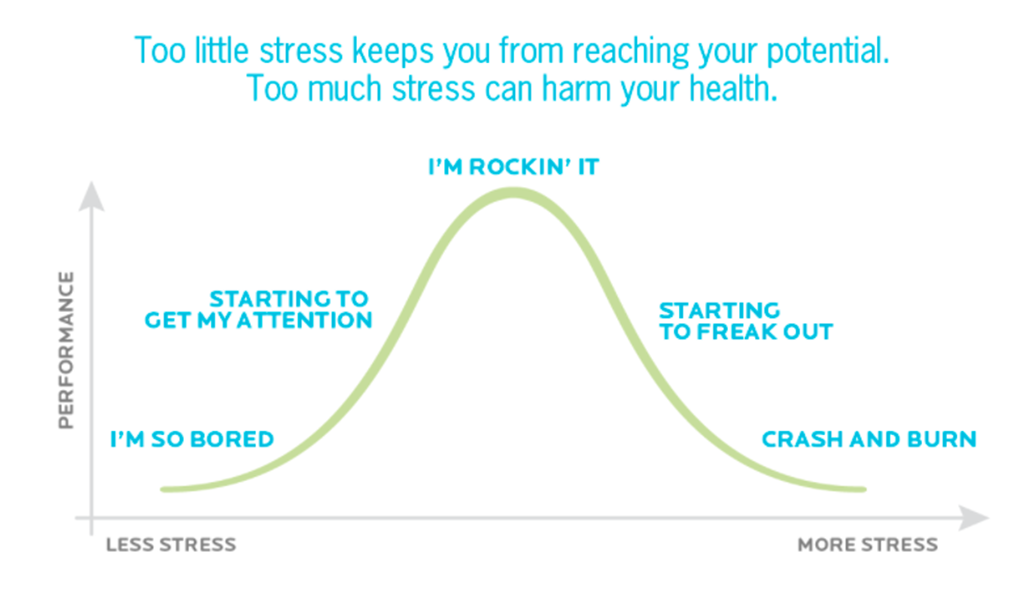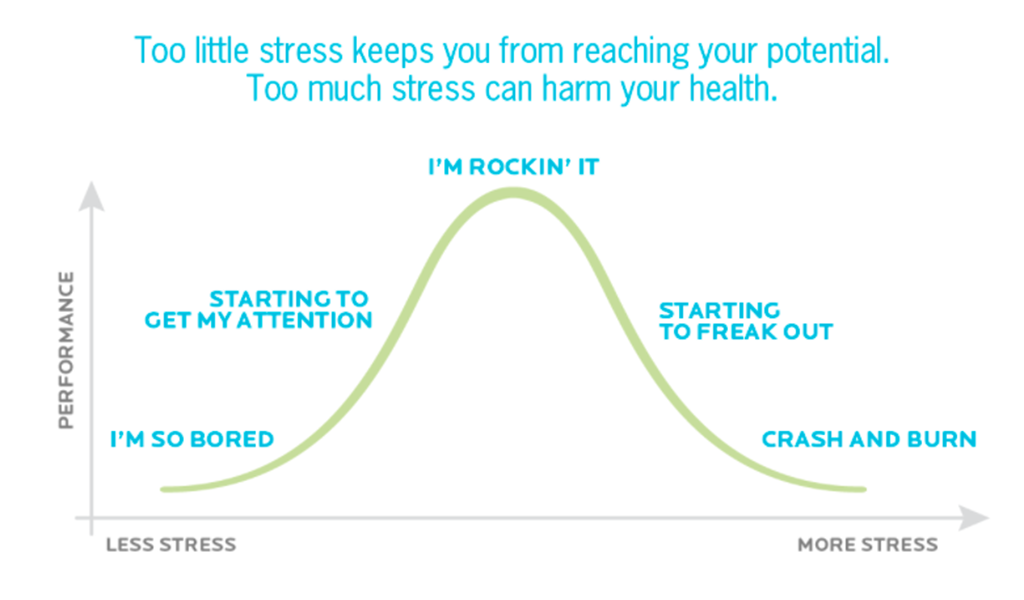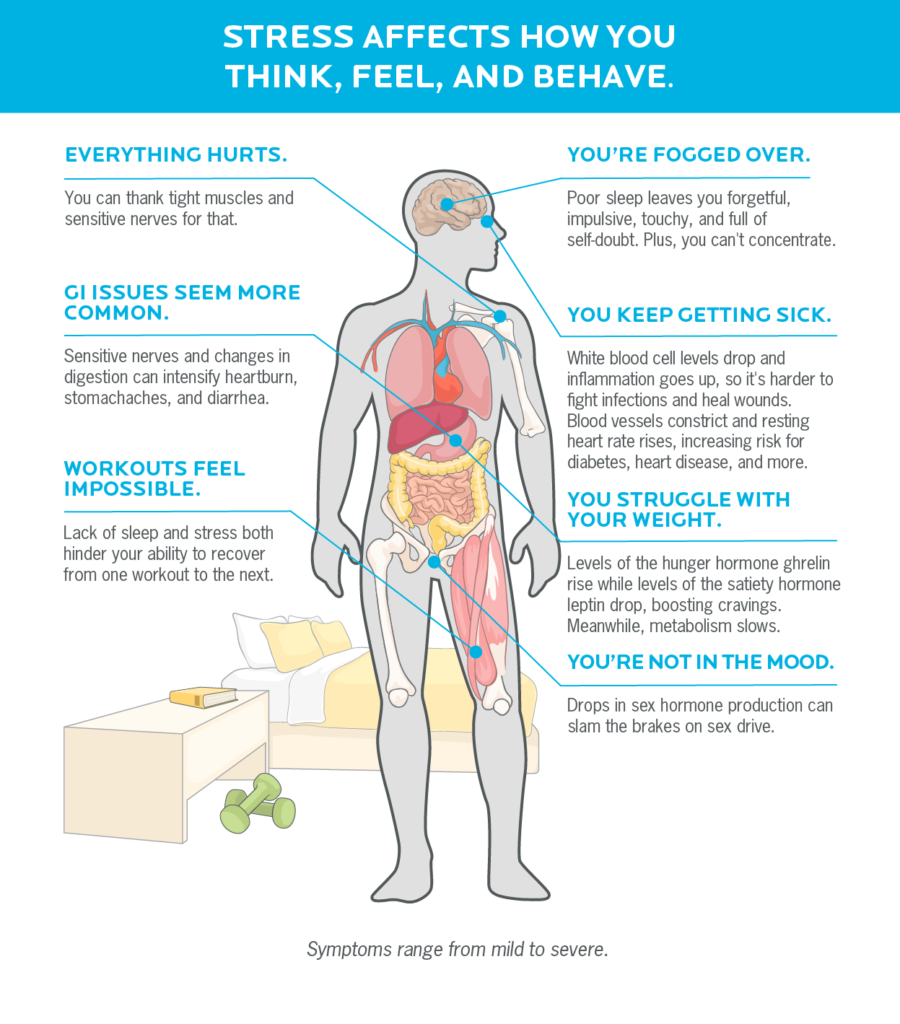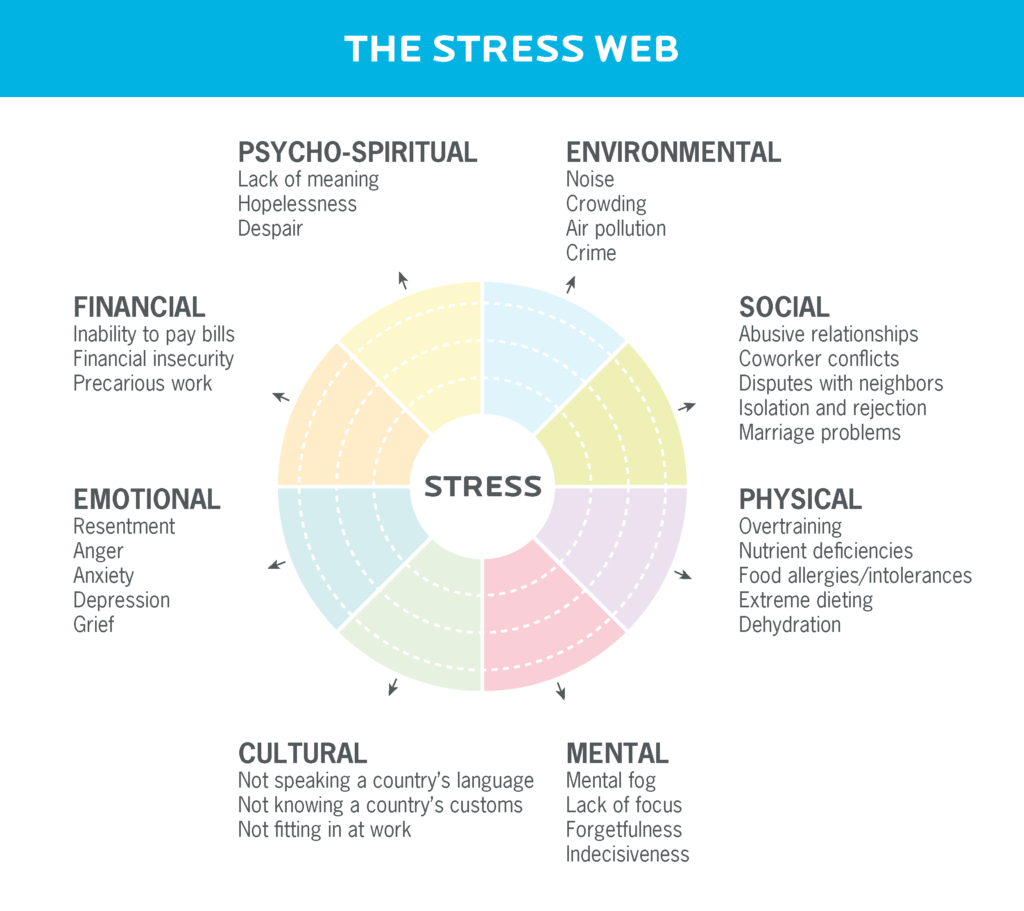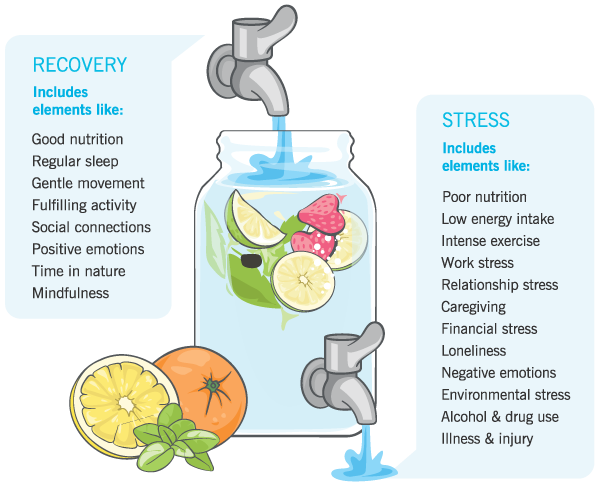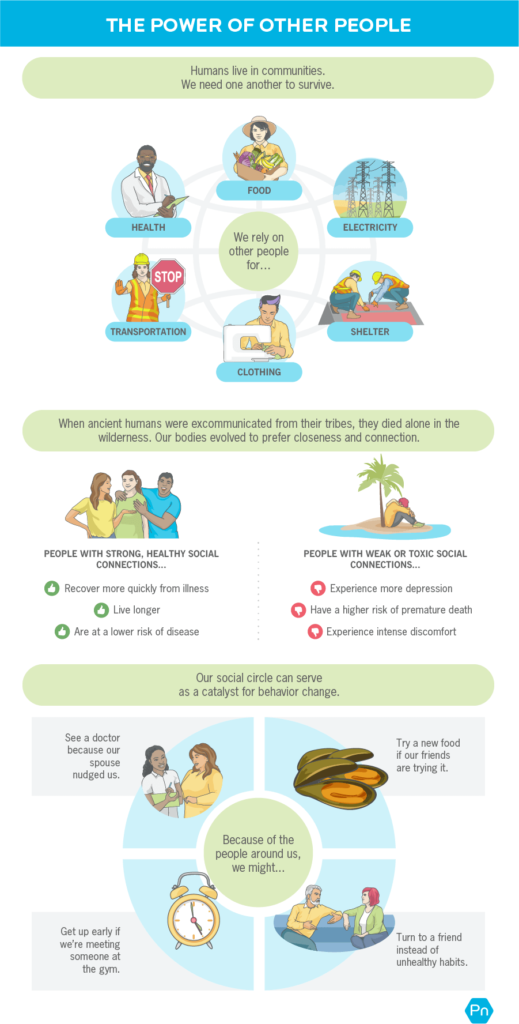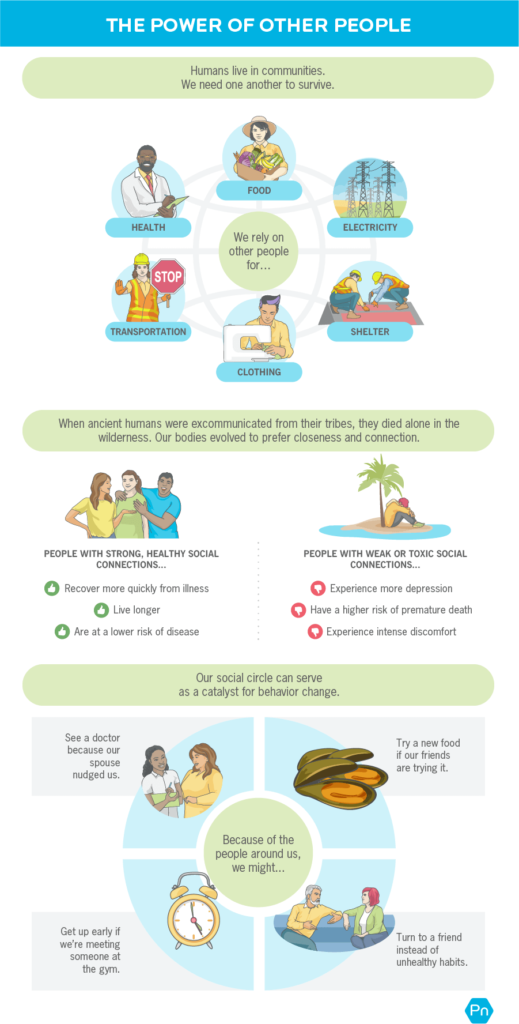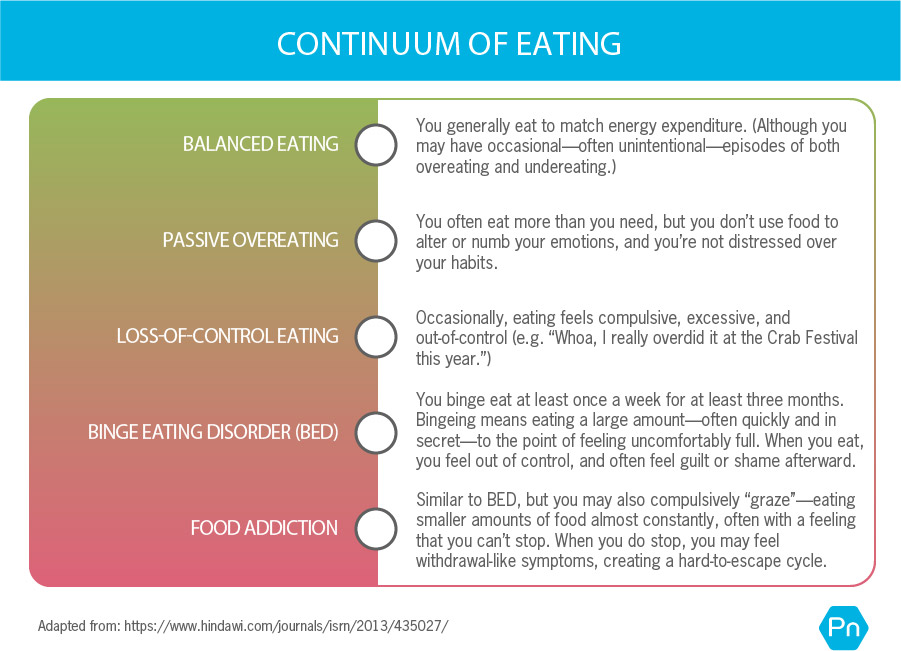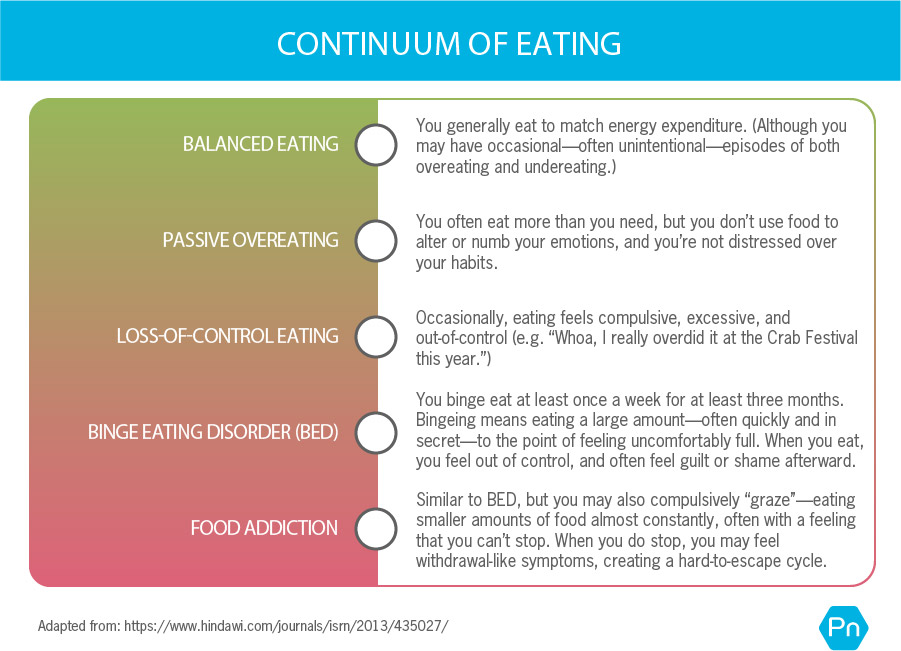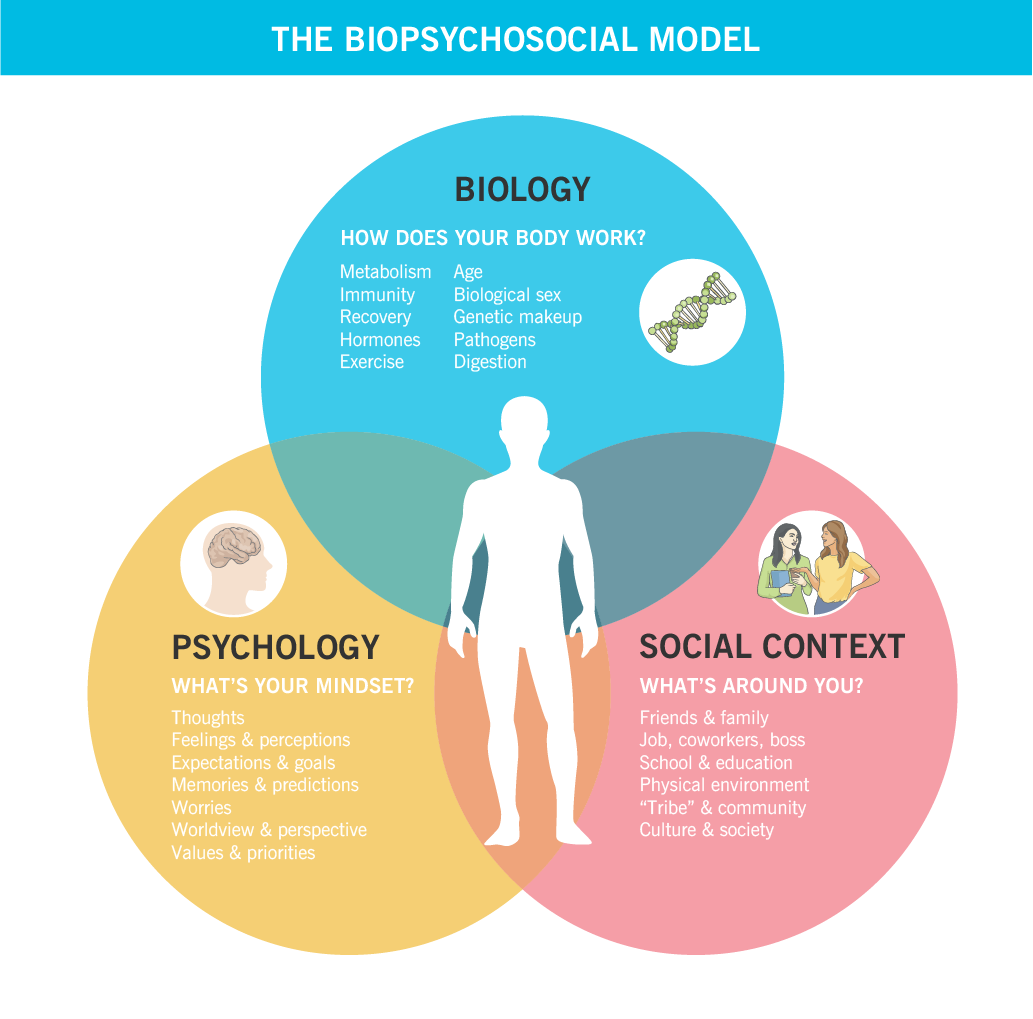“Look into whether health coaches need insurance” is one of those lines that many of us put at the bottom of a to-do list—and that’s generally where it stays.
Day after day.
The thing is:
Getting up to speed on coaching insurance doesn’t have to be painful.
This article walks you through a straight-forward three-step process that won’t require a legal degree to understand. You’ll learn whether you need insurance, as well as the types that work best for health coaches.
One note:
This content focuses on the needs of health and nutrition coaches in the U.S. and Canada. If you live in another region, you may or may not need the type of insurance discussed here depending on your local laws. When in doubt, check with an attorney, other coaches in your area, or a local insurance company to find out what they have to say.
What kind of insurance do coaches need?
To figure out whether you need insurance, consider your personal vulnerability to malpractice claims and license complaints.
Both issues are usually covered by professional liability insurance—the most common type of insurance for health and nutrition coaches.
(FYI, we’ll tell you about other types below.)
Let’s start with malpractice issues.
(Check out the video below yo see a more detailed discussion—with an actual attorney—of some of the legal issues coaches encounter.)
ll health professionals are vulnerable to malpractice claims.
That means if a client gets injured or sick, and believes it’s the result of your advice, they could make a malpractice claim against you. In other words, you could get sued.
If you’re self-employed and don’t have professional liability insurance, you’ll be responsible for your own defense as well as any judgement against you. That means all of your personal assets are fair game: your house, your car, and your savings account.
Professional liability insurance protects those personal assets.
(FYI, if you started a business, like an LLC, to protect your personal assets, liability insurance for your business may be a good idea.)
Some health professionals are also subject to license complaints.
This is mostly a concern for coaches who need a license to practice some of their services, so think:
health coaches who are board-certifiedmental health professionals who also do health or nutrition coachingnurses, pharmacists, and physical therapists who coach as a side-gig
Let’s say you’re a physical therapist and a health coach. You get a DUI, and your neighbor finds out. Your neighbor complains to the health coaching and physical therapy organizations where you’re licensed. Those organizations will investigate whether to revoke your license.
During that time, these organizations might put your licenses on probation, so you can’t work. And you may have expenses related to defending yourself during the investigation. That’s when your insurance policy will kick in.
All this might sound a little far-fetched, but these things do happen.
The benefit here? Insurance should pay for the costs related to the investigation (up to the limit on your policy).
The top five types of coaching insurance
If you’re looking into insurance, you have several types to consider.

Professional liability insurance, also known as errors and omissions insurance, kicks in if you need to defend a malpractice suit or license complaint. This may offer the best match for nutrition and health coaches. (The bulk of this article looks at this insurance type.)

General liability insurance protects you from third-party claims. So if someone trips over a kettlebell in the gym you own and gets hurt, or they damage to the space you rent, this type of insurance would cover the fallout. General liability insurance may make the most sense if you’re working with clients in a physical space.

Cyber liability insurance protects against any fallout from client data breaches. If you coach online, you may want this type of insurance.

Commercial property insurance covers the contents of your commercial office space or gym from things like water damage or theft.

Commercial auto insurance covers anything that happens while you’re driving for work. It might come in handy if you ever drive clients in your own car (for example, to go work out at a nearby park), or if you’re transporting lots of heavy workout equipment in your car on a regular basis.
n employer’s insurance policy may not completely protect you.
If you work for a hospital, gym, or company that provides insurance coverage, do you need your own personal insurance policy?
Potentially, yes.
Generally, your employer’s insurance priority is your employer and not you. That usually means no coverage for those license complaints. (Reminder: License complaints are where you are at risk for getting your license revoked.)
An employer’s policy may also leave you vulnerable to certain types of malpractice claims.
For instance, your employer’s insurance probably won’t cover situations that arise when you:
Casually give coaching advice to a neighborPerform coaching volunteer workCoach clients outside of work
What’s more, personal liability policies may insure you for a higher amount, and will usually stay in place if you change jobs,.
In fact, some organizations require that their employees (and independent contractors) have their own personal liability insurance for exactly these reasons. That means you might be required to carry your own insurance even if an organization covers you under theirs.
What if my clients sign a waiver? Should I still consider insurance?
Having your clients sign a waiver or disclaimer is a very good idea.
The waiver brings attention to the idea that there’s always risk in taking nutrition, fitness, or health advice from another person.
Most waivers for health coaches make it clear that:
It’s the client’s responsibility to run any changes to their routine by their primary care provider.The client accepts responsibility for the advice they follow.
(For an example of a standard disclaimer, see our client intake form.)
So… if your client has signed a waiver, why would you need insurance? The short answer is that a waiver can’t protect you from every type of claim. And in the US, different states have different laws about how much a waiver protects.
Bottom line: Still ask your clients to sign a waiver or disclaimer, but don’t write off insurance. Think of it like double protection, just as your car has seatbelts and airbags.
If you decide you want health coaching insurance coverage, use these steps to get started.
.pncta-l1-banner {
width: 90%;
max-width: 90%;
min-height: 262px;
padding: 0;
display: block;
margin: 1rem auto 3rem;
box-shadow: rgba(0,0,0,.08) 0 0 6px 0;
box-sizing: border-box;
background: #2b363e radial-gradient(circle at 78% 56%,#435360,#2b363e 53%);
overflow: hidden;
height: auto;
}
.pncta-l1-shape {
position: relative;
width: 65%;
height: 70px;
margin: -40px auto 30px auto;
background: #00bbe3;
text-align: center;
border-radius: 15%/50%;
padding-top: 45px;
box-sizing: border-box;
}
.pncta-l1-shape:after {
content: “”;
position: absolute;
top: -95%;
bottom: -15%;
right: -5%;
left: -5%;
background: inherit;
border-radius: 15%/50%;
}
.pncta-l1-over {
position: relative;
z-index: 200;
color: #fff;
padding: 0;
margin: 0 auto;
font-size: 14.5px;
font-weight: 200;
text-align: center;
width: 100%;
}
.pncta-l1-over > strong {
font-size: 23px
}
.pncta-l1-row:after {
content: “”;
display: table;
clear: both
}
.pncta-l1-content {
position: relative;
display: flex;
margin: 15px 27px;
flex-direction: row;
align-items: normal;
overflow: hidden;
background: url(https://www.precisionnutrition.com/wp-content/uploads/2020/07/img-book-ipad.png) no-repeat;
height: 100%;
width: auto;
background-size: contain;
background-position: 100% 0;
min-height: 180px;
}
.pncta-l1-info {
padding: 0;
margin: 0;
text-align: left;
width: 60%;
overflow: hidden;
}
.pncta-l1-info h3 {
font-size: 23.5px;
font-weight: 700;
font-stretch: normal;
font-style: normal;
line-height: normal;
letter-spacing: normal;
color: #fff!important;
padding: 0 0 10px;
}
.pncta-l1-info p {
text-align: left;
padding: 0 0 15px 0;
margin: 0;
font-size: 14.5px;
font-stretch: normal;
font-style: normal;
line-height: 1.37;
letter-spacing: normal;
color: #c6cbce;
font-weight: 400;
width: 90%;
}
.pncta-l1-img {
width: 40%;
position: relative
}
.pncta-l1-img > img {
display: none;
margin: 0;
position: absolute;
top: 1em;
right: 0;
left: 0;
max-width: 100%;
margin: 0 auto;
z-index: 2;
}
.pncta-l1-btn {
color: #f4f4f4 !important;
width: 180px;
height: 34px;
text-transform: uppercase;
font-size: 13.5px;
font-weight: 600;
font-stretch: normal;
font-style: normal;
line-height: normal;
letter-spacing: normal;
text-align: center;
min-width: 180px;
background: linear-gradient(to bottom,#00bbe3 2%,rgba(41,151,186,.96)),linear-gradient(to bottom,#1fd8ff,rgba(31,216,255,0) 6%);
line-height: 0;
border-radius: 2.4px!important
}
a.pncta-l1-addbanner:active, a.pncta-l1-addbanner:hover, a.pncta-l1-addbanner:link, a.pncta-l1-addbanner:visited {
color: none !important;
text-decoration: none!important;
outline: 0!important
}
@media only screen and (max-width: 768px) {
.pncta-l1-banner {
min-height: 232px;
}
.pncta-l1-over {
font-size: 13px;
}
.pncta-l1-over > strong {
font-size: 21px;
}
.pncta-l1-content {
min-height: auto;
margin: 15px 27px 25px;
}
.pncta-l1-info h3 {
font-size: 21px
}
}
@media only screen and (max-width: 767px) {
.pncta-l1-btn {
font-size: 14px;
}
.pncta-l1-shape {
width: 75%
}
.pncta-l1-banner {
min-height: 232px
}
.pncta-l1-over {
font-size: 13px;
}
.pncta-l1-over > strong {
font-size: 17px
}
.pncta-l1-content {
min-height: auto;
background-size: 44%;
margin: 15px 35px
}
.pncta-l1-info h3 {
font-size: 17px
}
.pncta-l1-info p {
font-size: 13px;
}
}
@media only screen and (max-width: 580px) {
.pncta-l1-shape {
width: 80%
}
.pncta-l1-banner {
min-height: 232px
}
.pncta-l1-over {
font-size: 13px
}
.pncta-l1-over > strong {
font-size: 17px;
}
.pncta-l1-content {
min-height: auto;
background-size: 50%;
margin: 15px
}
.pncta-l1-info h3 {
font-size: 14px
}
.pncta-l1-info p {
font-size: 13px
}
}
@media only screen and (max-width: 500px) and (orientation: portrait) {
.pncta-l1-content {
background: 0 0;
}
.pncta-l1-banner {
width: 100%;
margin: 1rem auto;
min-height: 380px;
max-width: 100%
}
.pncta-l1-shape {
position: relative;
width: 75%;
height: 80px}.pncta-l1-info p,.pncta-l1-over{font-size: 13px;
display: table}.pncta-l1-info h3,.pncta-l1-over>strong{font-size: 17px;
line-height: initial!important;
font-weight: 600;
}
.pncta-l1-content {
flex-direction: column;
align-items: baseline;
margin: 0 auto;
text-align: center;
padding: 0 15px;
width: 100%;
height: 320px;
background-size: 50%;
background-position: bottom center}.pncta-l1-img,.pncta-l1-info,.pncta-l1-info p,.pncta-l1-info>h3{width: 100%;
display: block;
text-align: center;
margin: 0 auto}.pncta-l1-img>img{display: block}.pncta-l1-content: after{content: “”;
display: inline-block;
width: 0;
height: 0;
border-style: solid;
border-width: 0 100px 50px 100px;
border-color: transparent transparent #00bbe3 transparent;
z-index: 0;
transform: scale(3.5);
left: 0;
right: 0;
position: absolute;
bottom: 0;
margin: 0 auto;
text-align: center>Over 150,000 health & fitness professionals certified
Save up to 30% on the industry’s top nutrition education program
Get a deeper understanding of nutrition, the authority to coach it, and the ability to turn that knowledge into a thriving coaching practice.
Learn More
Step 1: Identify potential providers.
You have several options.
Option 1: Use a health coach-specialized insurance company.
Quite a few insurance companies work specifically with health professionals.
Some examples include HPSO and Alternative Balance. (Full disclosure: PN has partnered with HPSO to provide a smooth application pathway for PN Certified coaches).
Some PN graduates also find the policies they’re looking for with insurers that specialize in all types of small businesses, such as NEXT Insurance and Hiscock Insurance.
If you’re having trouble finding a company that provides coverage in your area or for your specific type of coaching, ask around. Other coaches in your area or niche can most likely provide solid leads.
Option 2: Find out if any of your professional associations provide insurance.
Many personal training certifying bodies include an insurance option when you pay your membership dues.
For many people, this is the easiest insurance route.
Option 3: Check to see if you your existing insurance provider can cover you.
If you have homeowners or vehicle insurance, your provider might be able to add a rider that covers your home-based business as well.
Similarly, if you already have professional liability insurance for another health profession—for instance, you’re a pharmacist with a nutrition coaching side-hustle—you may be able to add health or nutrition coaching onto your policy.
One quick note: Insurance companies can decide whether they want to insure you. You can be declined for coverage based on any number of factors, including which certifications you have/don’t have, where you’re based, and the type of coaching you do.
If one insurer won’t cover you, don’t get discouraged—there may be another that’s a better fit.
Step 2: Be clear and honest when collecting quotes.
Insurance companies can only make a payout on a claim if you’ve provided them with accurate information when applying for your policy.
Be prepared to answer questions about:
The services you provide: Do you only do nutrition coaching? Or also personal training?Where you practice: Do you have a home-based business? Do you do virtual coaching? Do you go into clients’ homes?Any other certifications or qualifications you have: Are you also a therapist, nurse, or any other type of health professional? Insurance companies need this information in order to give you an accurate quote.
Most of the time, you apply for insurance and get a quote online.
Step 3: Compare your options.
Once you’ve collected quotes, look at the fine print.
What’s covered?
Take note of whether the policy covers malpractice claims only, or whether it also includes licensure complaints (if that’s relevant for you). Will you be covered if your client’s data is breached? Or if they slip and fall while you’re training them?
If you’re not sure, call the insurance company and ask. Pose hypotheticals, asking about certain situations and whether they’d be covered under the policy you’re looking at.
How much insurance coverage will you get?
It can be tricky to figure out how much coverage you actually need. Insurance companies stay up to date on the average legal fees and settlement payouts related to each profession they cover. They use this information to recommend minimum coverage amounts to their clients.
For instance, HPSO’s standard health coach policy covers $3,000,000 aggregate, and up to $1,000,000 for each claim. That means if you had 3 claims against you in one year, you’d get up to $1,000,000 in coverage for each one. It also covers up to $25,000 to defend your license.
If you think you might need more than the standard coverage, however, talk to the insurance company about your specific needs.
How much will it cost?
Know the premium (what you pay up front) and deductible (how much you pay out of pocket before the policy kicks in). Some policies offer lower premiums, but higher deductibles—and vice versa.
What’s the company’s reputation?
Ask other coaches about their experiences with the insurance companies you’re considering. Check each company’s Better Business Bureau profile, or look them up on TrustPilot. See if you can find out how easy it is to file a claim, and how people’s experiences interacting with the insurer have been.
From there, all that’s left to do is choose your policy.
How much does insurance cost?
Probably not as much as you think.
In general, health coaches can expect to pay between $100 and $500 per year for professional liability insurance.
Where you fall on that spectrum will depend on what type of work you do with clients, which certifications and licenses you have, and how your business is set up. For example: Some companies have lower rates for employed coaches (as opposed to those who are self-employed).If you’re only coaching part-time, you could pay less than a full-time coach.If you started your own business entity to protect your personal assets, like an LLC or S-Corp, your rates could be higher than the range mentioned above. That’s because you’re being treated as a business, not an individual, and businesses have higher risks in an insurance company’s eyes.
3 ways to get the most from your health coach insurance
So now you’re insured. What happens next? Hopefully nothing. But here are some tips to keep in mind in case something does happen.
1. Document anything weird.
Let’s say a client gets injured in a session. Or says a supplement you mentioned made them sick.
Write down what happened, and include as many details as possible. You can also give your insurance company a heads up.
Particularly if it’s something serious, it’s good to get everything documented as soon as possible while the incident is fresh in your mind.
2. If you receive a formal complaint, call your insurance provider ASAP.
This gets the process of defending you started, and leads us to…
3. Don’t ask any random lawyer for help.
You don’t want to use your divorce lawyer down the street for a malpractice lawsuit or a licensure complaint.
First, that divorce lawyer probably won’t be an expert in this area of law.
Second, lawyers can be really expensive. If you’re looking at $500 an hour, you could drain your defense coverage pretty quickly.
Insurance companies usually have lawyers they work with that are experts in defending against these types of claims and complaints. These lawyers also generally have a relationship with the insurance company that makes them more cost effective.
Most people get insurance hoping they’ll never have to use it. And in most cases, that’s exactly what happens.
So sit back and relax, because you’ve got it covered.
Precision Nutrition Level 1 Certification. The next group kicks off shortly.
–>
If you’re a coach, or you want to be…
Learning how to coach clients, patients, friends, or family members through healthy eating and lifestyle changes—in a way that’s personalized for their unique body, preferences, and circumstances—is both an art and a science.
If you’d like to learn more about both, consider the Precision Nutrition Level 1 Certification.
Precision Nutrition Level 1 Certification.
–>
The post Do nutrition and health coaches need insurance? appeared first on Precision Nutrition.
Did you miss our previous article…
https://trailsmart.org/?p=264


